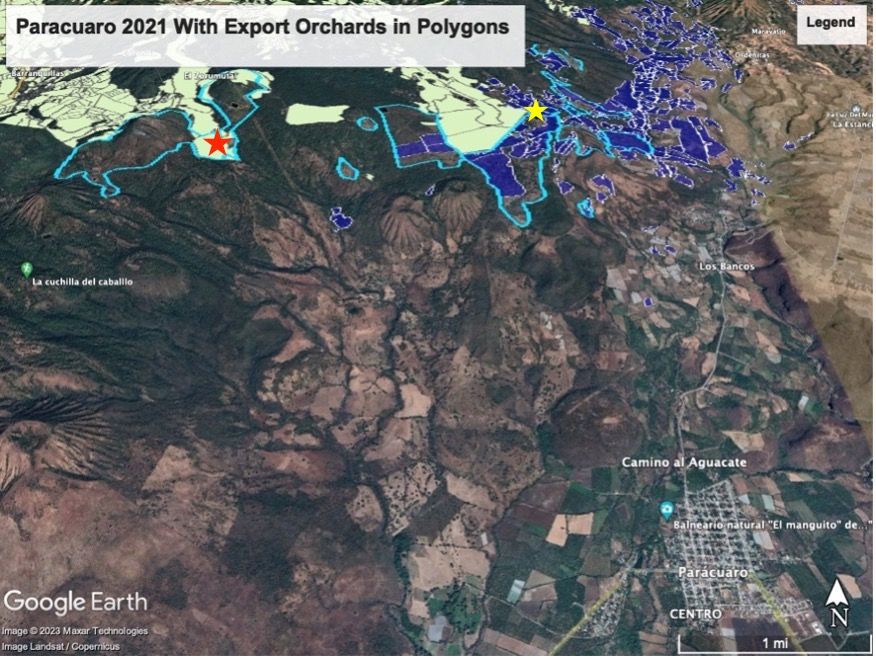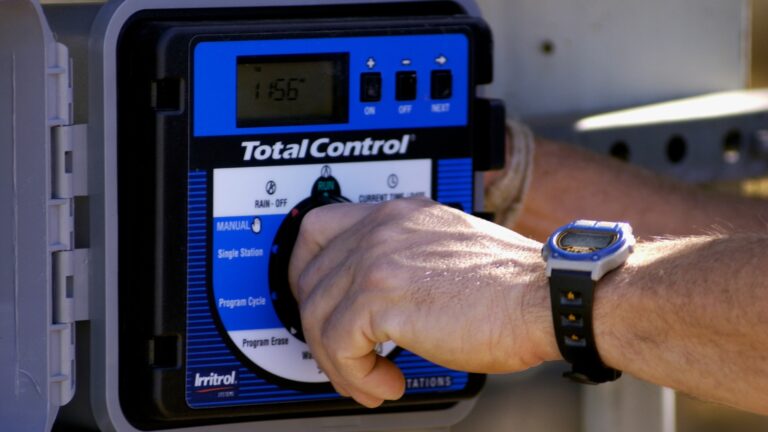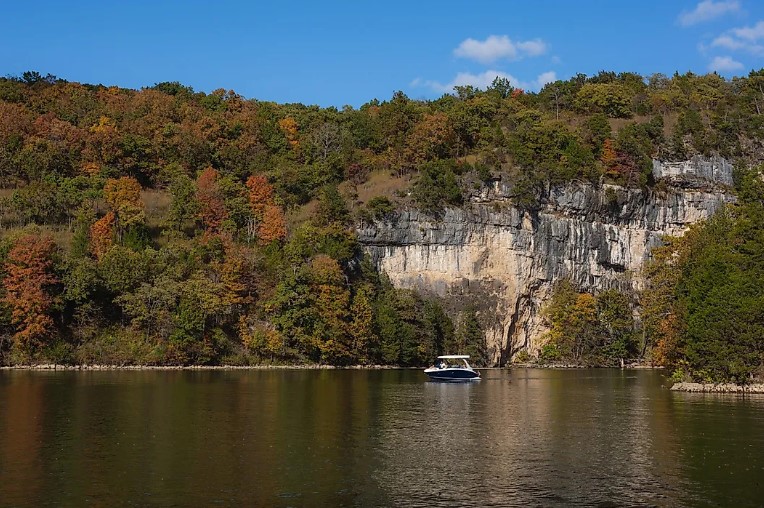A New Global Map Reveals 426 Shared Aquifers Crossing Borders – Materia Rinnovabile | Renewable Matter

Report on the 2025 Global Map of Transboundary Aquifers and its Implications for the Sustainable Development Goals
Introduction: A New Baseline for Global Water Security and Sustainable Development
The International Groundwater Resources Assessment Centre (IGRAC) has released the 2025 edition of its Transboundary Aquifers of the World map, identifying 426 shared aquifer systems. This updated inventory represents a critical advancement in hydrogeological science and serves as a foundational tool for diplomacy, international cooperation, and the achievement of the 2030 Agenda for Sustainable Development. The management of these shared resources is directly linked to the success of several Sustainable Development Goals (SDGs), most notably SDG 6 (Clean Water and Sanitation), SDG 16 (Peace, Justice and Strong Institutions), and SDG 17 (Partnerships for the Goals).
Advancing SDG 6: Clean Water and Sanitation through Transboundary Cooperation
The map provides the essential scientific groundwork required to address SDG Target 6.5, which calls for the implementation of integrated water resources management, including through transboundary cooperation. The sustainable management of these 426 aquifers is fundamental to ensuring water availability and quality for millions of people worldwide.
Key Contributions to SDG 6
- Evidence-Based Policy: The map provides nations with a clear, scientifically-backed visualization of shared water resources, enabling informed dialogue and the development of cooperative management frameworks.
- Identifying Priority Areas: It helps pinpoint regions where the risk of water stress is high and cross-border cooperation is most urgently needed to prevent depletion and contamination of vital groundwater sources.
- Monitoring and Reporting: This global dataset serves as a baseline for monitoring progress on Target 6.5 and encourages transparent data sharing between countries.
Fostering SDG 16: Peace, Justice, and Strong Institutions
The governance of shared water resources is a matter of international peace and security. The IGRAC map acts as a tool for water diplomacy, promoting cooperation over conflict and contributing to the development of effective and accountable institutions as mandated by SDG 16.
Mechanisms for Strengthening Governance
- Conflict Prevention: By establishing a common, objective understanding of shared aquifer systems, the map can depoliticize negotiations and foster trust, reducing the potential for water-related disputes.
- Building Institutional Capacity: It encourages the formation of joint commissions and legal agreements for the equitable and reasonable utilization of shared groundwater, thereby strengthening institutions for global governance (Target 16.8).
- Promoting Transparency: The public availability of this information supports transparent decision-making processes regarding water allocation and management.
Catalyzing SDG 17: Partnerships for the Goals
The creation and dissemination of the Transboundary Aquifers map is an embodiment of SDG 17, representing a global partnership that mobilizes and shares knowledge and expertise. It provides a platform for enhanced collaboration to support the achievement of all SDGs.
Enhancing Global Partnerships
- Scientific Collaboration: The map is the result of extensive international scientific cooperation, setting a precedent for future joint research and monitoring initiatives.
- Multi-Stakeholder Engagement: It serves as a catalyst for partnerships between governments, UN agencies, research institutions, and civil society organizations to work towards sustainable groundwater management.
- Knowledge Sharing: The initiative facilitates the transfer of hydrogeological knowledge and technology, particularly to developing countries, empowering them to manage their water resources effectively.
Broader Implications for the 2030 Agenda
The sustainable management of transboundary aquifers has far-reaching impacts across the entire spectrum of the Sustainable Development Goals.
Interlinkages with Other SDGs
- SDG 2 (Zero Hunger): Groundwater is critical for agriculture and irrigation, making its cooperative management essential for global food security.
- SDG 11 (Sustainable Cities and Communities): Many urban centers depend on these aquifers for their water supply, and their sustainable management is key to urban resilience.
- SDG 15 (Life on Land): The health of groundwater-dependent ecosystems relies on the protection and sustainable use of these shared resources.
Analysis of Sustainable Development Goals (SDGs) in the Article
1. Which SDGs are addressed or connected to the issues highlighted in the article?
-
SDG 6: Clean Water and Sanitation
The article’s central theme is the management of water resources, specifically the 426 transboundary aquifers that cross national borders. This directly relates to SDG 6, which aims to ensure the availability and sustainable management of water for all. The focus on shared resources underscores the need for sustainable water governance.
-
SDG 16: Peace, Justice and Strong Institutions
The article explicitly states that the map of shared aquifers has “clear implications for diplomacy and water governance” and mentions “geopolitics.” This connects directly to SDG 16, which promotes peaceful societies and building effective, accountable institutions. Managing shared water resources is crucial for preventing conflicts and requires strong diplomatic and governance frameworks between countries.
-
SDG 17: Partnerships for the Goals
The article highlights the work of IGRAC (International Groundwater Resources Assessment Centre) in creating a global map of transboundary aquifers. This initiative is an example of a global partnership that mobilizes and shares knowledge and expertise to support sustainable development. It represents international cooperation to address a shared challenge, which is the core of SDG 17.
2. What specific targets under those SDGs can be identified based on the article’s content?
-
Target 6.5: Implement integrated water resources management
This target calls for implementing integrated water resources management at all levels, “including through transboundary cooperation as appropriate.” The article’s entire focus on identifying and mapping 426 “shared aquifers crossing borders” is a fundamental step toward achieving this target. The map is a tool designed to facilitate the very transboundary cooperation that Target 6.5 promotes.
-
Target 16.6: Develop effective, accountable and transparent institutions
The article’s emphasis on “water governance” points to the need for effective institutions to manage the shared aquifers. Establishing diplomatic and cooperative frameworks for these 426 transboundary resources requires the development of such institutions at bilateral and regional levels, directly aligning with the goal of this target.
-
Target 17.16: Enhance the global partnership for sustainable development
The creation of the “Transboundary Aquifers of the World map” by IGRAC is a direct manifestation of this target. It is a multi-stakeholder partnership that shares critical knowledge and expertise on a global scale to support the achievement of sustainable development goals, particularly in the realm of water management.
3. Are there any indicators mentioned or implied in the article that can be used to measure progress towards the identified targets?
-
Indicator 6.5.2: Proportion of transboundary basin area with an operational arrangement for water cooperation
While the indicator itself is not explicitly named, the article provides the foundational data needed to measure it. By identifying that there are “426 shared aquifers,” the article defines the total scope of transboundary groundwater systems that require cooperative arrangements. The map created by IGRAC serves as a baseline tool to track which of these 426 aquifers are covered by diplomatic or governance agreements, thereby allowing for the measurement of progress against Indicator 6.5.2.
4. Table of SDGs, Targets, and Indicators
| SDGs | Targets | Indicators |
|---|---|---|
| SDG 6: Clean Water and Sanitation | Target 6.5: By 2030, implement integrated water resources management at all levels, including through transboundary cooperation as appropriate. | Indicator 6.5.2 (Implied): The article’s identification of “426 shared aquifers” provides the denominator for measuring the proportion of transboundary basins with operational cooperation agreements. |
| SDG 16: Peace, Justice and Strong Institutions | Target 16.6: Develop effective, accountable and transparent institutions at all levels. | The need for “diplomacy and water governance” for shared aquifers implies the development of institutional frameworks, which is the focus of this target. |
| SDG 17: Partnerships for the Goals | Target 17.16: Enhance the global partnership for sustainable development… that mobilize and share knowledge, expertise… | The creation of the global map by IGRAC is a direct example of a global partnership sharing knowledge and expertise to address a shared sustainable development challenge. |
Source: renewablematter.eu

What is Your Reaction?
 Like
0
Like
0
 Dislike
0
Dislike
0
 Love
0
Love
0
 Funny
0
Funny
0
 Angry
0
Angry
0
 Sad
0
Sad
0
 Wow
0
Wow
0



















































.jpg.webp?itok=0ZsAnae9#)























